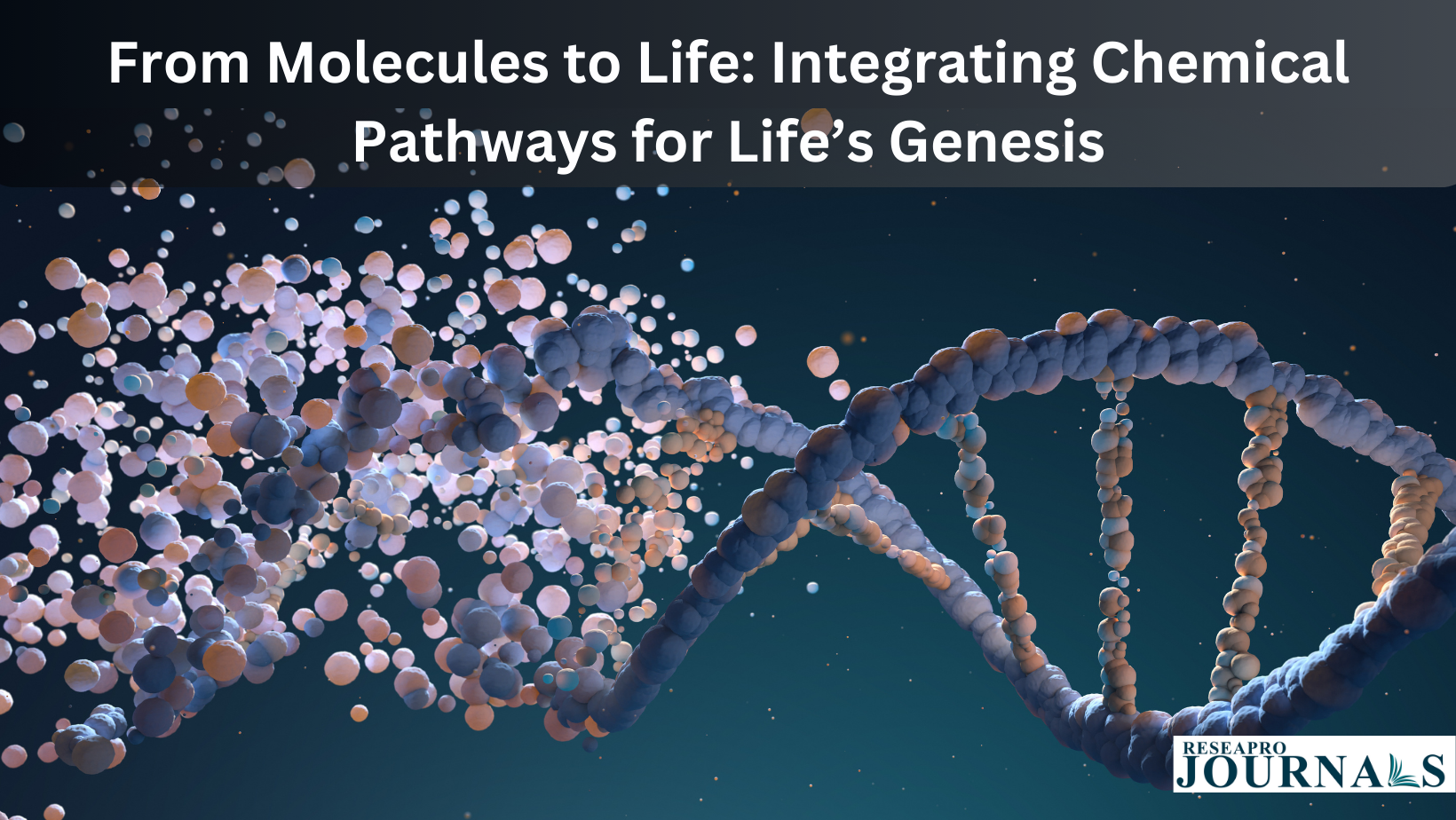Researchers have successfully replicated a chemical reaction that might have initiated life on Earth. The focus of the study was on the formation of ribonucleotides, the building blocks of RNA, a crucial molecule in life’s early stages. The scientists integrated autocatalysis, a process where chemicals encourage the same reaction to happen again, into the well-known formose reaction, a reaction that starts with glycolaldehyde and ends with more complex molecules.
Autocatalysis, a phenomenon observed in various biological processes, played a significant role in the study. By introducing cyanamide to the formose reaction, the researchers redirected some molecules towards the production of ribonucleotides. While the overall yield of ribonucleotides was not substantial, the produced ones were more stable and less prone to degradation.
This study marks a departure from the traditional approach of studying chemical pathways in isolation. The integration of the formose reaction and ribonucleotide production provides insights into the dynamic interactions between different chemical pathways, bridging the gap between chemistry and biology. Additionally, the industrial applications of autocatalysis are highlighted, showcasing potential cost-cutting measures in pharmaceutical production. The researchers aim to optimize the procedure to enhance the efficiency and accessibility of common chemical reactions.




